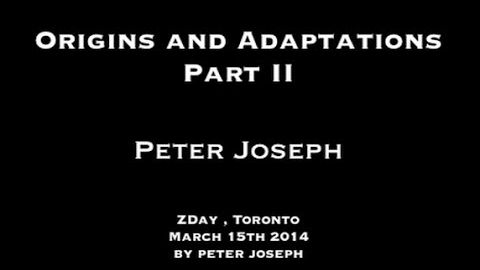
字幕と単語
起源と適応II, ピーター・ジョセフ, 2014年3月15日, ZDay, ツァイトガイスト運動 (Origins and Adaptations II, Peter Joseph, March 15th 2014, ZDay, The Zeitgeist Movement)
00
王惟惟 が 2021 年 01 月 14 日 に投稿保存
動画の中の単語
assume
US /əˈsum/
・
UK /ə'sju:m/
- v.t.(人を騙すために)ふりをする : 装う;仮定する : 推測する;(責任 : 任務などを)負う : 引き受ける
A2 初級TOEIC
もっと見る エネルギーを使用
すべての単語を解除
発音・解説・フィルター機能を解除
